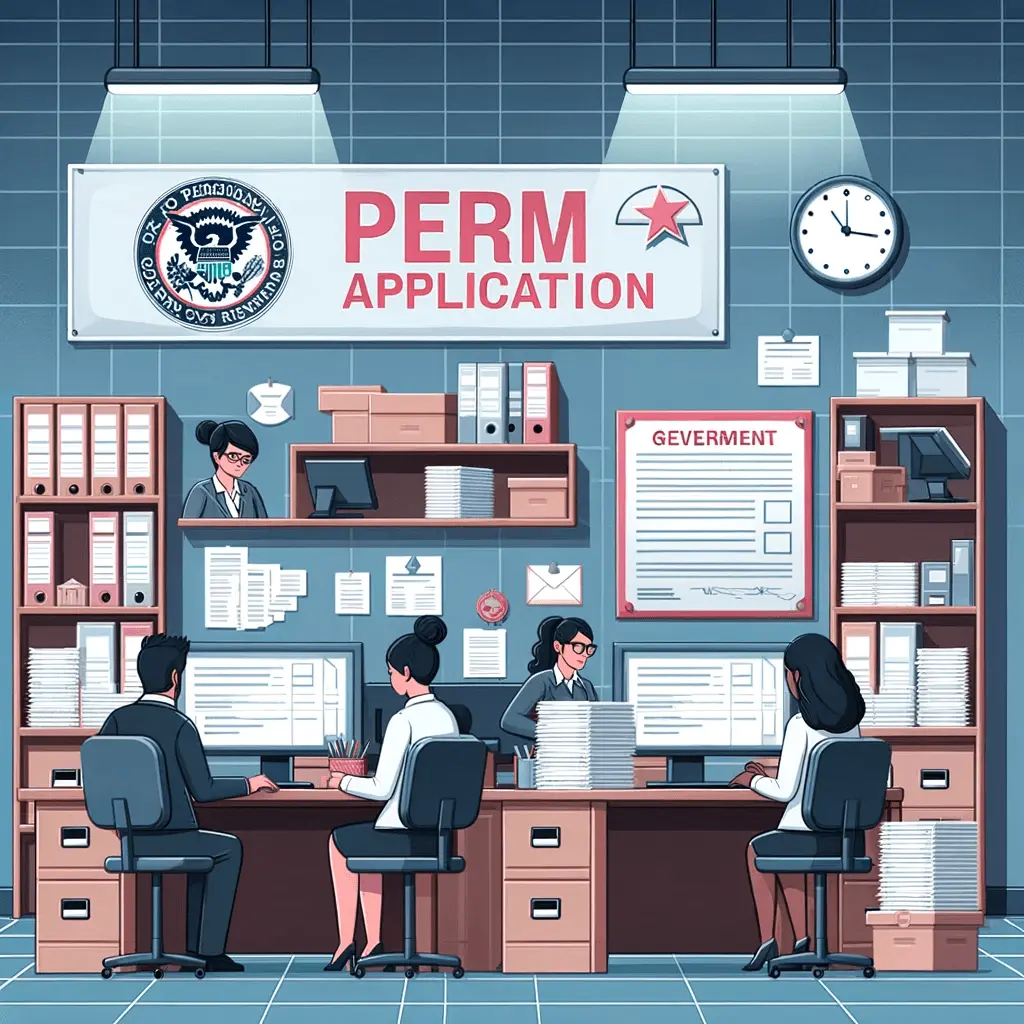The Evolution of PERM Processing Times: A Historical Perspective
The journey through U.S. employment-based immigration, particularly the Program Electronic Review Management (PERM) process, has been a constantly evolving landscape. Understanding the historical evolution of PERM processing times is crucial for applicants and employers navigating the complexities of employment-based green cards. This comprehensive article explores the progression of perm processing time, highlighting significant changes over the years, including the shift to perm processing time 2024, the nuances of perm current processing time, the role of ETA 9089 processing time, the challenges of perm waiting time, and the overall perm timelines.

Content
The Genesis of PERM Processing
The PERM process was introduced in March 2005, replacing the previous labor certification methods, RIR (Reduction in Recruitment) and traditional labor certification. This shift marked a significant change in how the U.S. Department of Labor (DOL) managed labor certifications, moving towards an electronic, streamlined process.
Early Years of PERM Processing
In the initial years post-implementation, the PERM process was relatively faster, with applications often being processed within a few months. This efficiency was largely due to the novelty of the system and lower volumes of applications. The processing times during this phase were generally predictable, providing applicants and employers with a clear timeline for their immigration journey.
Increasing Application Volumes and Processing Times
As the PERM process became more established, there was a noticeable increase in application volumes. This surge led to a gradual increase in processing times. By the late 2000s and early 2010s, PERM processing times had become less predictable, often fluctuating based on application volumes and policy changes.
Technological Advancements and Processing Efficiencies
Over the years, the DOL has implemented various technological advancements to manage the increasing workload. These improvements aimed to streamline the process and reduce processing times. However, these changes sometimes had the opposite effect, temporarily increasing processing times due to integration and adjustment periods.
Impact of Policy Changes
Immigration policies have always had a significant impact on PERM processing times. Policy changes, whether aimed at tightening or loosening regulations, often resulted in adjustments to processing times. For instance, increased scrutiny of applications in certain periods led to longer processing times due to additional verifications and audits.
The Role of ETA 9089 Processing Time
A critical component in the PERM process is the ETA Form 9089. The processing time for this form, known as “ETA 9089 processing time,” has also evolved over the years. Initially, this processing was quicker, but as with the overall PERM process, it has faced delays due to various factors such as policy changes and increased application scrutiny.
The Current State in 2024
As of 2024, the “perm processing time 2024” reflects the culmination of these historical trends and changes. The “perm current processing time” now varies more than in the early years of PERM, influenced by ongoing policy shifts, technological advancements, and fluctuating application volumes.
Challenges in PERM Waiting Time
The “perm waiting time” has always been a period of uncertainty for applicants. Over the years, as processing times fluctuated, this waiting period became more unpredictable, often causing anxiety and planning challenges for applicants and employers.
Understanding PERM Timelines
“Perm timelines” have also evolved. What once was a relatively straightforward and predictable process has become more complex. The timeline from the initiation of the PERM process to the final decision now involves several stages, each with its own timeframe that has changed over the years.
Strategies for Navigating Modern PERM Processing Times
- Stay Informed: Regularly check for updates on processing times and policy changes.
- Prepare Accurately: Ensure applications are complete and accurate to avoid delays.
- Anticipate Fluctuations: Be prepared for variations in processing times and plan accordingly.
- Seek Professional Assistance: Consult with immigration attorneys or experts for guidance through the evolving PERM landscape.
Conclusion
The evolution of PERM processing times from its inception to 2024 provides valuable insights into the complexities and dynamics of the U.S. employment-based immigration system. This historical perspective underscores the importance of staying informed and adaptable in the face of changing policies, processing trends, and technological advancements. For applicants and employers, understanding this evolution is key to successfully navigating the PERM process and achieving their immigration goals. Visit https://permprocessingtime.com/ for more information.

Donna is your friend in the know. Her blog is a treasure trove of insightful tidbits on a wide range of topics. From wellness to technology, she’s your source for staying informed and inspired.















